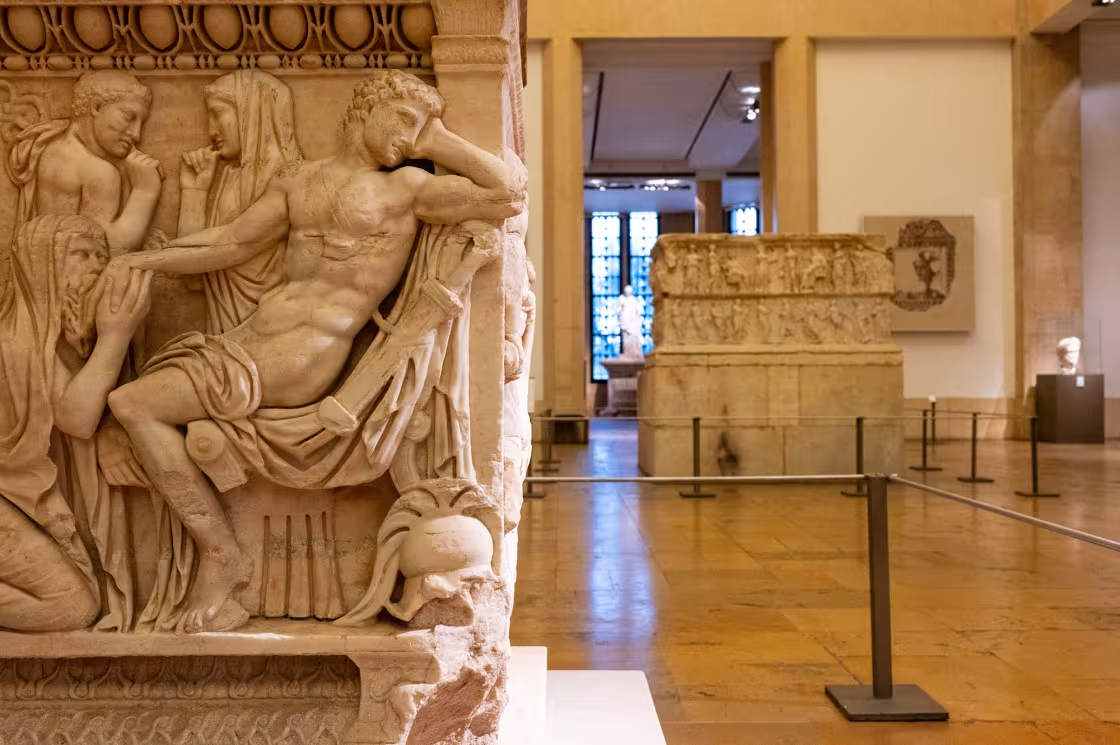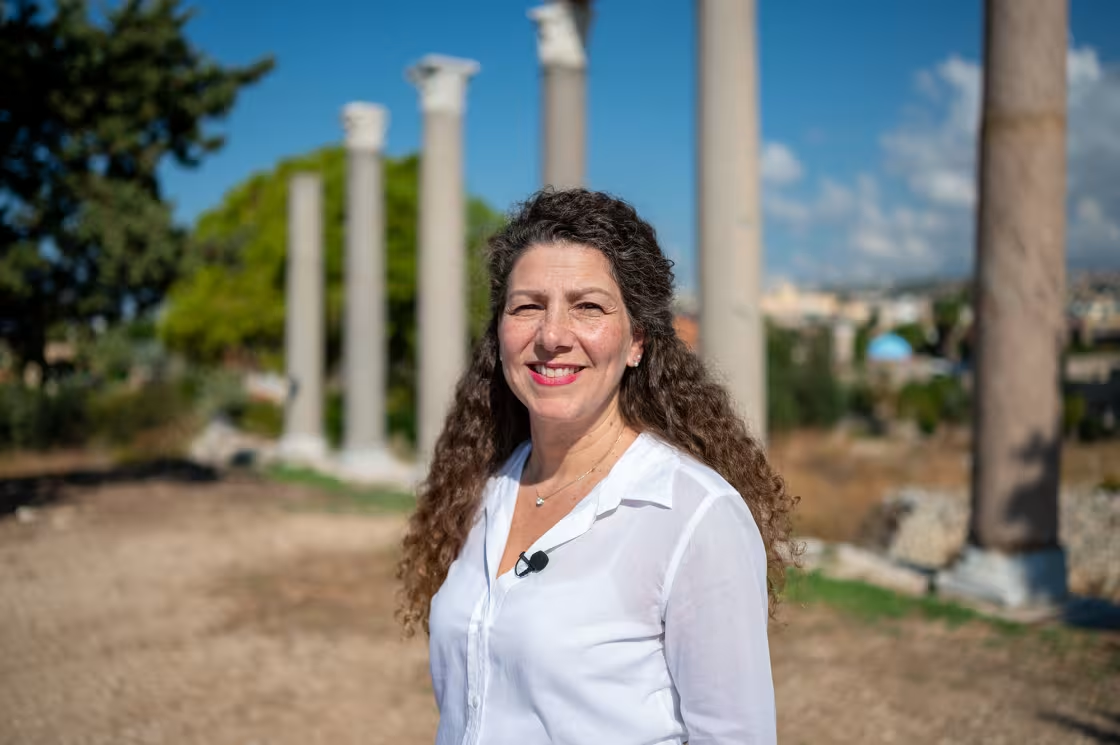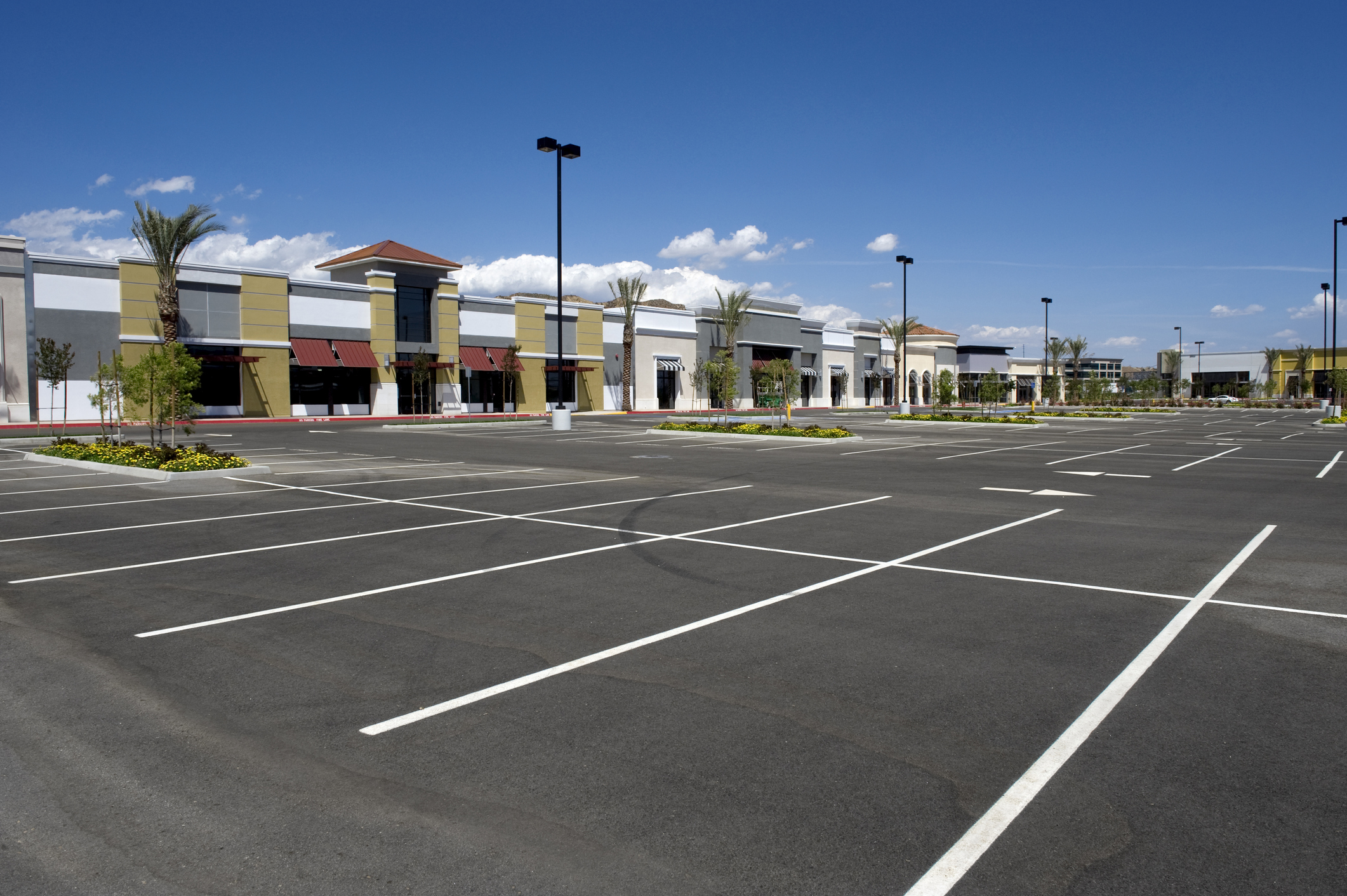
The anguish in Lebanese archaeologist Nader Siklaoui’s voice is clear as he films Israeli missiles slamming down near ancient Roman columns he has spent much of his life protecting.
“Oh, God, oh, God,” he said, the camera shaking as plumes of smoke and debris fill the sky after an Oct. 26 airstrike on Tyre in southern Lebanon, one of the world’s oldest continuously inhabited cities.
Watch NBC6 free wherever you are
Israel’s war against the Lebanese militia group Hezbollah has killed more than 3,200 people and displaced more than a million others in Lebanon according to local officials, as its military vows to end Hezbollah’s ability to launch rocket and other attacks into northern Israel, which has forced around 60,000 Israelis to flee their homes near the border.
But the conflict is also taking a devastating toll on Lebanon’s unique and ancient heritage, with airstrikes wiping out centuries-old villages and endangering fragile, millennia-old archaeological sites, like the celebrated Roman ruins of Baalbek, designated a World Heritage site by the United Nations body UNESCO.
Get local news you need to know to start your day with NBC 6's News Headlines newsletter.
The historic village of Mhaibib, home to an ancient shrine, and the town of Nabatiyeh, which had a centuries-old souk, have been completely destroyed, according to social media reviewed by NBC News and interviews with former residents.
Lebanon, a tiny country of around 5 million people in the eastern Mediterranean, is steeped in history and boasts five other World Heritage Sites.
U.S. & World
The country has been at the crossroads of ancient civilizations, having hosted Phoenician, Egyptian, Greek, Persian and Roman towns, temples and monuments. Later, Christian crusaders built citadels along the coast that went on to be repurposed by Muslim Ottoman rulers.
Some sites date to the Paleolithic period, hundreds of thousands of years ago, when humans first learned to use stone tools.
Satellite images show Israeli forces have leveled several southern towns and villages near the border with Lebanon, while near-daily airstrikes also pound alleged Hezbollah targets in southern Beirut, causing windows and walls to shake across the city.
Attacks have also targeted the region of Baalbek in eastern Lebanon, home to one of the world’s most spectacular Roman sites, featuring colossal imperial temples and an amphitheater featuring colossal imperial temples still used for modern-day concerts.
Singers have included Arab luminaries such as Fairuz and Umm Kulthum, and Western artists such as Nina Simone, Placido Domingo, Massive Attack and Deep Purple.

An airstrike in early November flattened a building and destroyed buses yards away from one of the Roman structures, adding to mounting alarm among Lebanese lawmakers, who called for international intervention.
“This appeal goes beyond physical preservation. It is about safeguarding the traditions, stories and values these sites represent, legacies that connect our past to our future,” Lebanese lawmaker Najat Saliba told an emergency news conference earlier this month.
‘Enemy like Israel’
The Phoenicians, who flourished more than 3,000 years ago and developed the world’s first alphabet, used what is now Lebanon as a launchpad to found colonies across the Mediterranean, including the cities of Cadiz in modern-day Spain and Rome’s archnemesis Carthage, the ruins of which lie in Tunisia.
According to biblical tradition, King Hiram of Tyre sent materials and craftsmen to help with the construction of Solomon’s Temple in Jerusalem around 957 B.C., a key moment in Jewish history.
“I am crying. … If we have an enemy like Israel, what can we do with him? What can we do?” said Siklaoui, who oversees heritage sites in southern Lebanon, speaking to NBC News at the national museum in the capital Beirut.

Blasts from Israeli airstrikes a short drive away in the city’s southern suburbs could be felt and heard during the interview.
The museum’s enormous Roman sarcophagi featuring reliefs of scenes from the Trojan War — like the king of Troy begging the Greek hero Achilles for his son Hector’s body — attest to Lebanon’s cultural treasures, some of which remain buried in and around ancient sites, archaeologists say.
Israel’s military says it only targets Hezbollah, but accuses the group of embedding itself in and near civilian infrastructure, including heritage sites.
But even if a site isn’t directly targeted, the fighting can be devastating.
Lebanese archaeologist Tania Zaven, regional director of archaeological sites in northern Mount Lebanon, said the vibrations from airstrikes can crack and even topple delicate ancient structures, and destroy artifacts in the ground that are yet to be excavated.
She said she was also worried that historical sites are increasingly becoming casualties of war, citing the Islamic State militant group’s destruction of ancient structures and statues in northern Iraq and Syria between 2013 and 2019, as well as the Taliban’s destruction of Afghanistan’s Bamiyan Buddhas in 2001.

The lawlessness that followed the U.S.’ 2003 Iraq invasion saw its national museum looted, and U.S. and Iraqi government offensives against the Islamic State saw much of the old city of Mosul reduced to rubble.
“The world has to stand up to stop this, because it’s not our archaeology, it’s not our past. We are only the keepers of this legacy. We are the keepers of the story of humanity,” she told NBC News, speaking at the ancient port city of Byblos in northern Lebanon.
Near a 4,000-year-old temple site, Zaven sat on a Roman column overlooking a Bronze Age wall next to a crusader castle, its foundations studded with the bases of ancient columns used as building material.
“My heart is breaking. My soul is aching. And the worst part is that we can’t do anything but just write reports and beg countries to listen to us, because it’s not only our history, it’s the world’s history,” she said.
This article first appeared on NBCNews.com. Read more from NBC News here:



